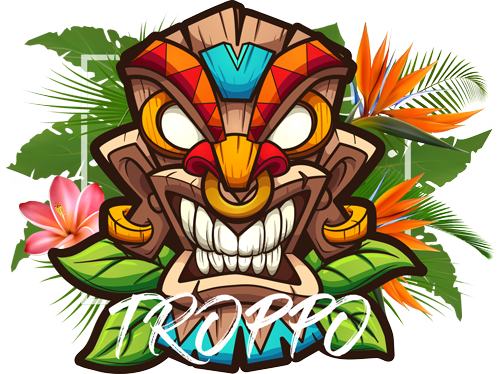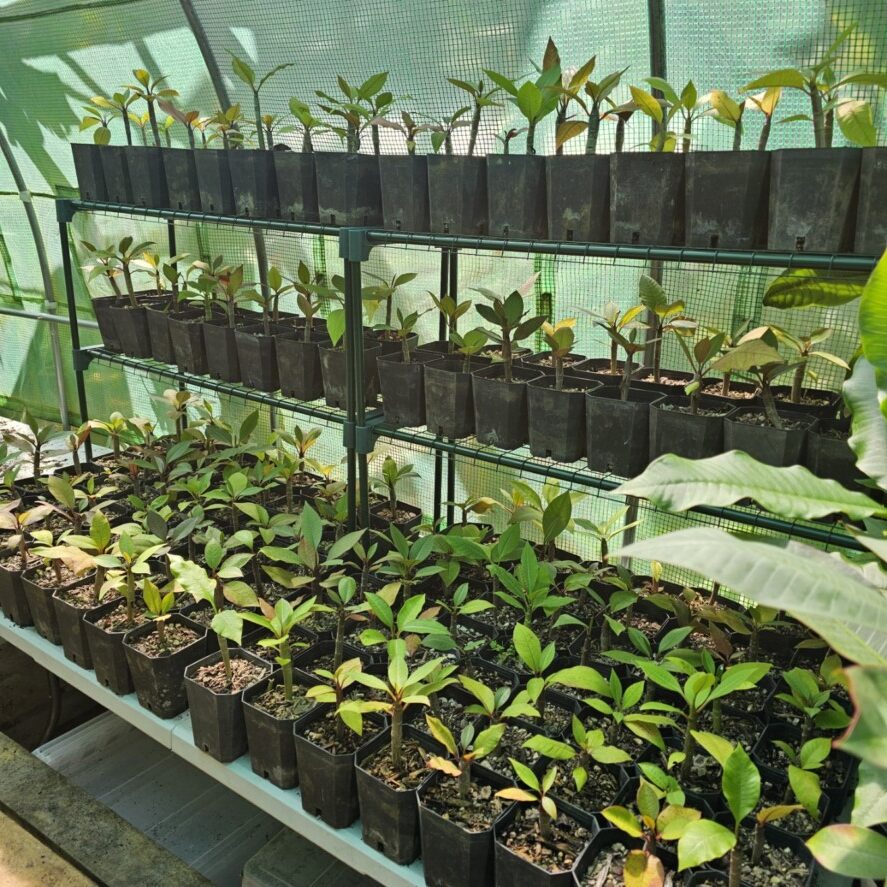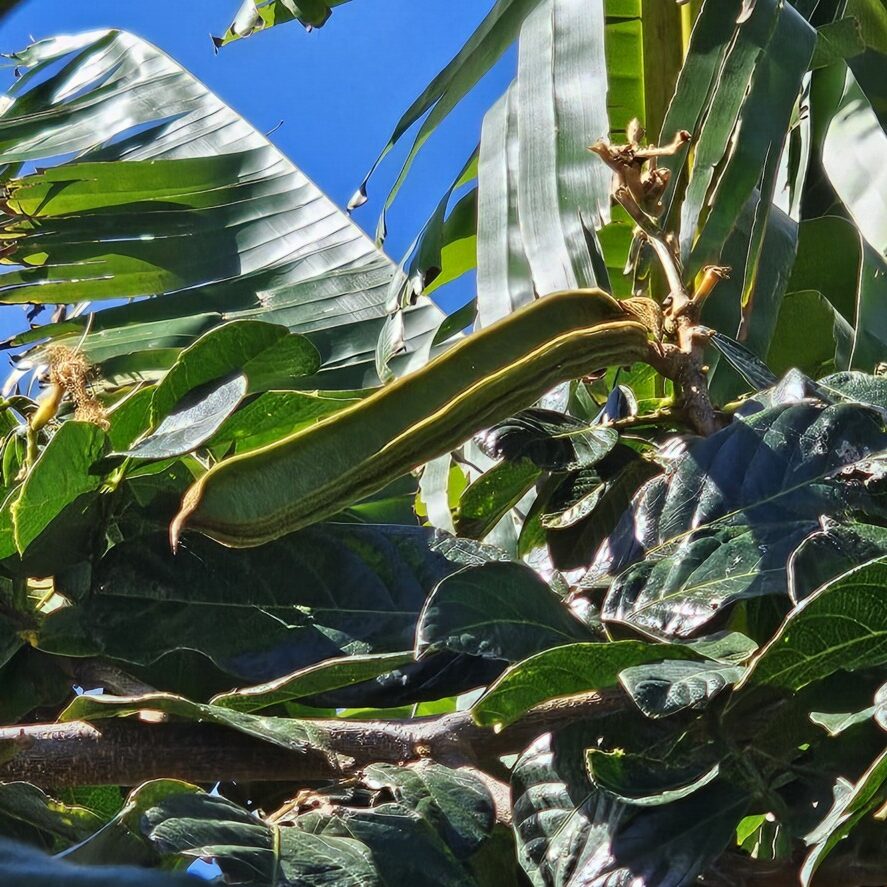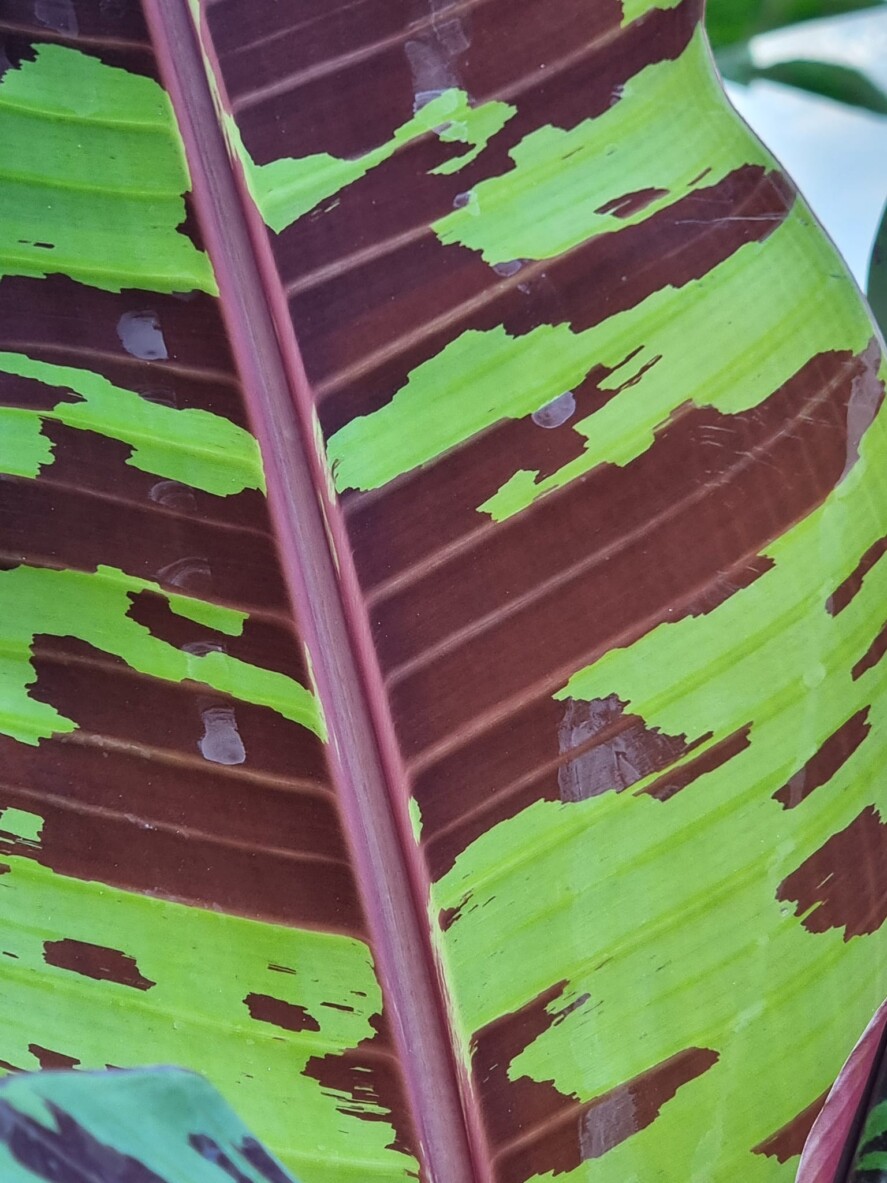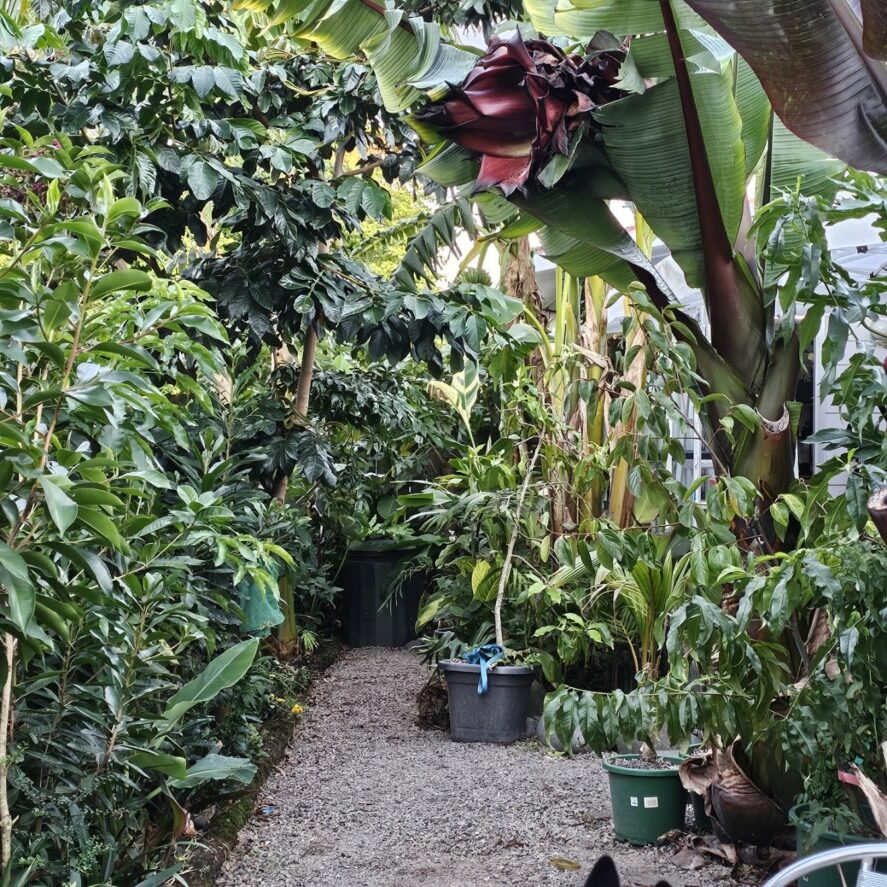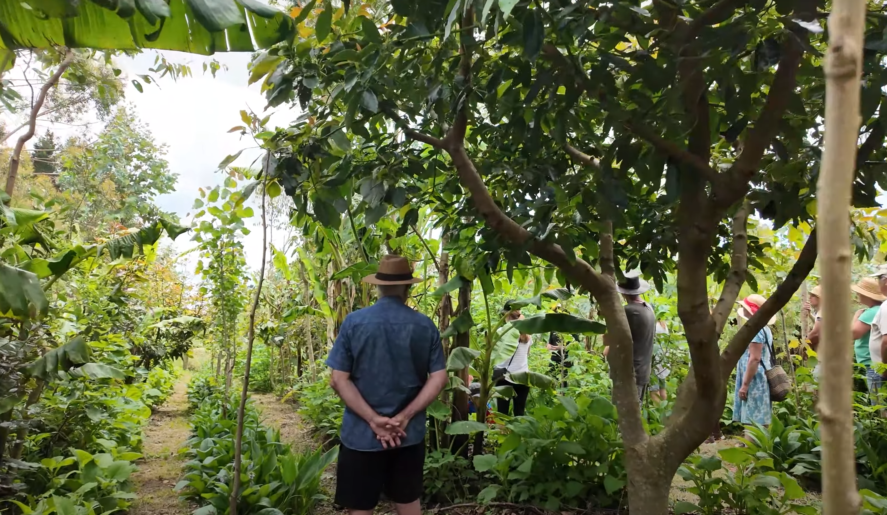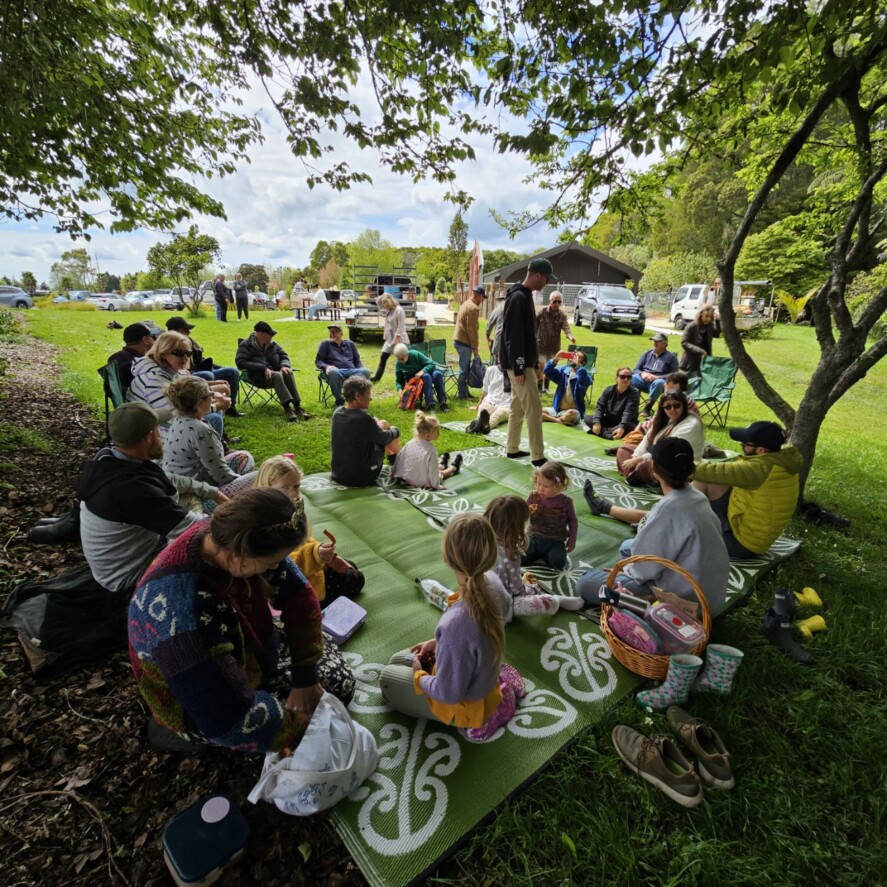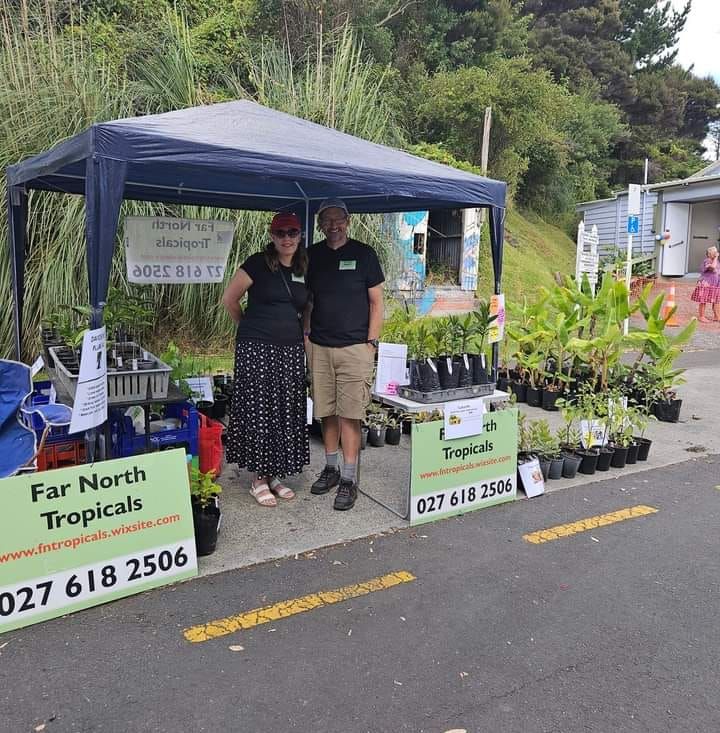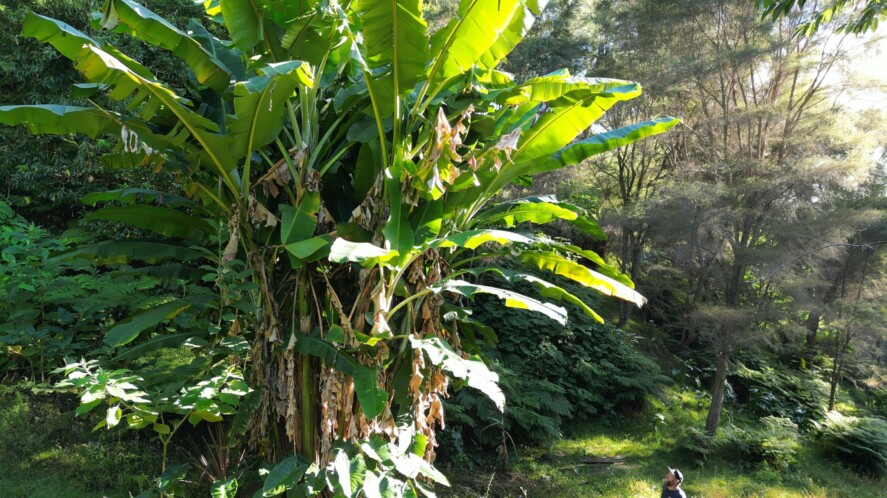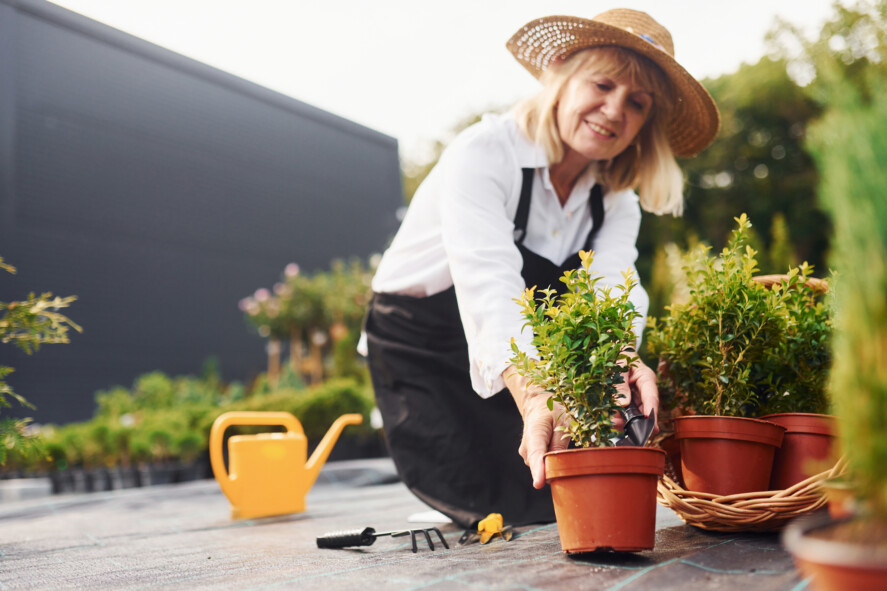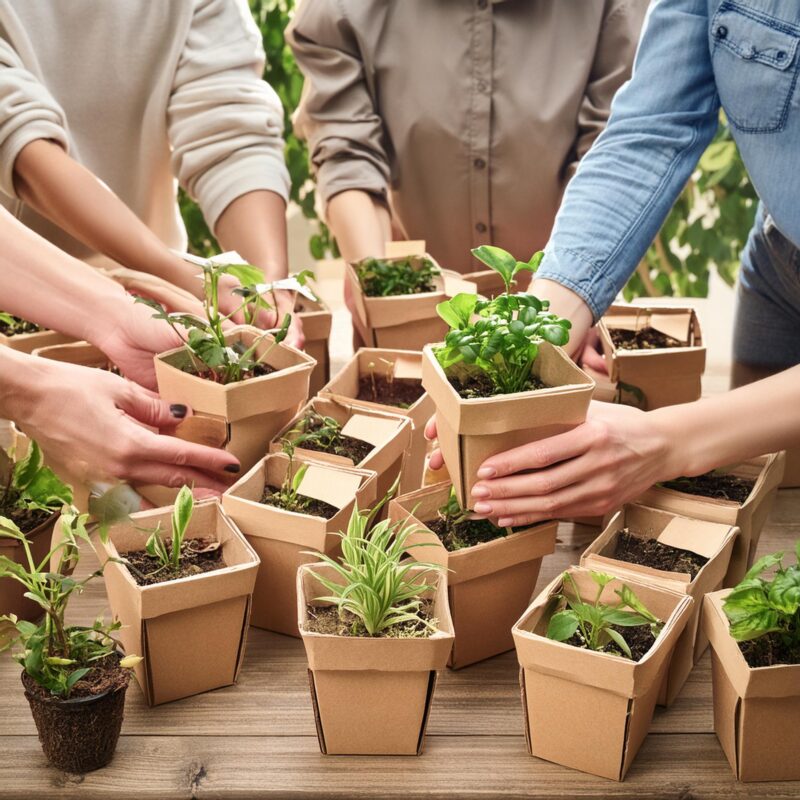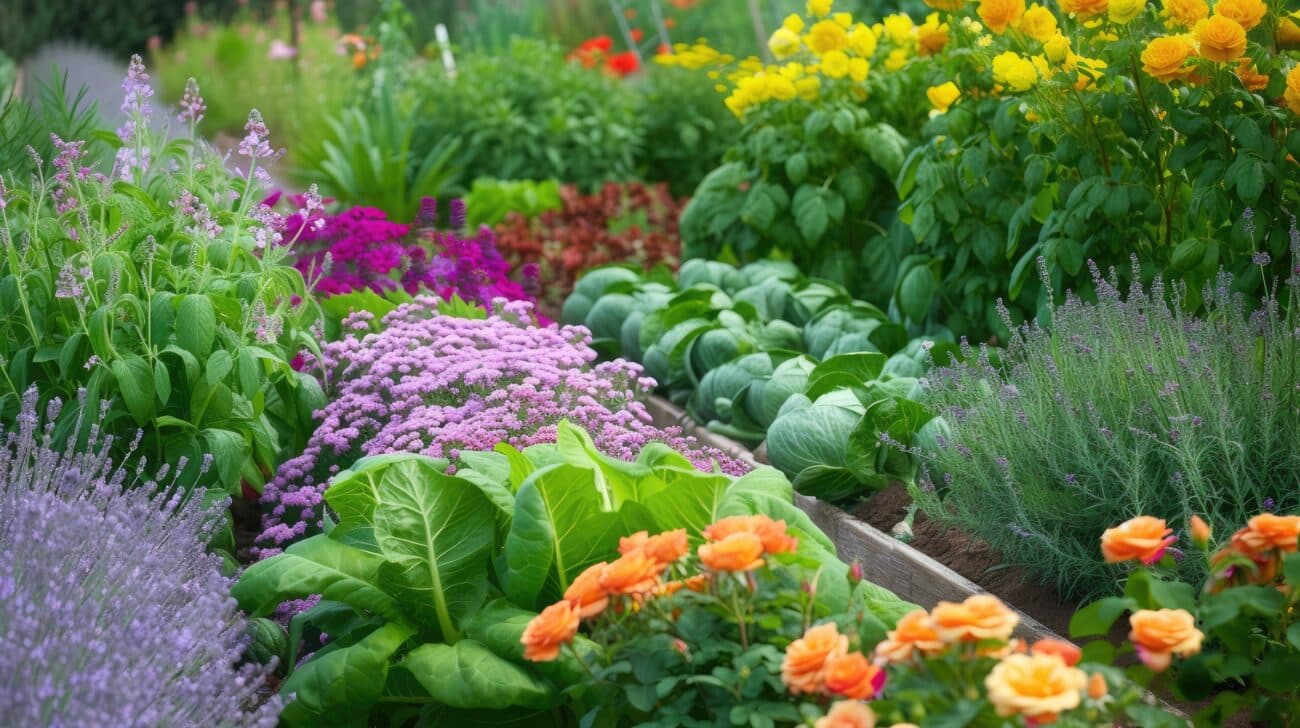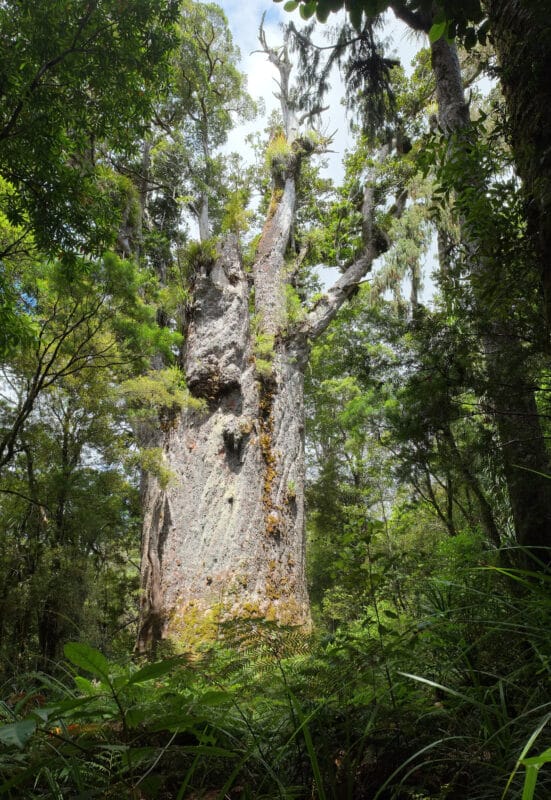Byron’s Vision: Cultivating a Thriving Food Forest in Aotearoa
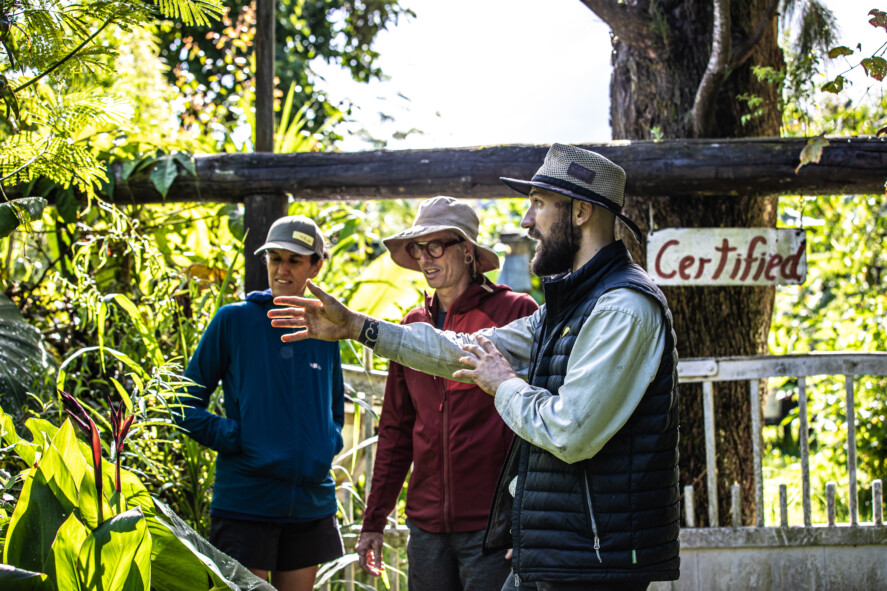
From Soil to Sustenance: A Journey of Regenerative Growing
Tucked away in the lush landscapes of New Zealand, Byron is weaving a vision of food sovereignty, biodiversity, and resilience through his food forest. His journey is not just about growing food—it’s about reconnecting with nature, restoring ecosystems, and creating abundance for the future.
The Philosophy of a Food Forest
A food forest is a diverse, multi-layered system of edible plants designed to mimic a natural forest ecosystem. Rather than relying on monoculture farming practices, a food forest layers trees, shrubs, vines, perennials, and ground covers to create a self-sustaining, resilient system that works with nature, rather than against it.
For Byron, this approach is about more than just productivity; it’s about whānau, whenua, and wellbeing. His food forest is a living example of what can happen when people work with permaculture principles, syntropic agroforestry, and traditional Māori growing knowledge to build a regenerative and thriving food landscape.
Byron’s Food Forest in Action
In Byron’s food forest, you won’t just find fruit trees—there’s an interwoven ecosystem of:
- Canopy trees such as macadamias, chestnuts, and avocados providing shelter and long-term yields.
- Mid-layer fruit trees like bananas, feijoas, and citrus, flourishing in the dappled light.
- Nitrogen-fixing trees and shrubs like tagasaste and kōwhai, enriching the soil.
- Vines and climbers such as passionfruit and hardy kiwifruit, maximizing vertical space.
- Perennial herbs and vegetables like taro, kumara, and yacon, filling in the understory.
- Beneficial ground covers such as sweet potato and clover, suppressing weeds and keeping the soil protected.
This polyculture approach increases biodiversity, improves soil health, and makes the system more resilient to climate change and extreme weather events.
A Community-Centered Approach
Byron’s food forest is more than a personal project—it’s a learning space, a gathering place, and a vision for a more resilient Aotearoa. He regularly hosts:
- Workshops and hands-on learning days, where people can learn the fundamentals of food forestry, soil health, and agroforestry.
- Community planting days, encouraging shared knowledge and hands-on experience.
- Kai resilience discussions, bringing together growers, families, and change-makers to strategize food security for the future.
His work aligns with Māori principles of kaitiakitanga (guardianship of the land), ensuring that the food forest is a gift for future generations.
The Future of Kai Resilience in Aotearoa
Byron’s food forest is part of a growing movement in New Zealand—one that values self-sufficiency, sustainability, and food security in an era of uncertainty. With climate challenges, soil degradation, and food supply vulnerabilities, food forests provide a low-maintenance, long-term solution that restores the land while feeding communities.
Through his work, Byron is leading by example, showing that a thriving, abundant food forest is not just a dream—it’s a reality that anyone can cultivate with the right knowledge, community, and commitment.
Want to Get Involved?
If you’re inspired by Byron’s food forest journey and want to learn more, join one of his upcoming workshops, planting days, or kai resilience hui. Whether you’re a seasoned grower or just starting out, there’s a place for you in this movement towards a regenerative, food-secure Aotearoa.
👉 Follow Byron’s work, connect with fellow growers, and start your own food forest journey today!
